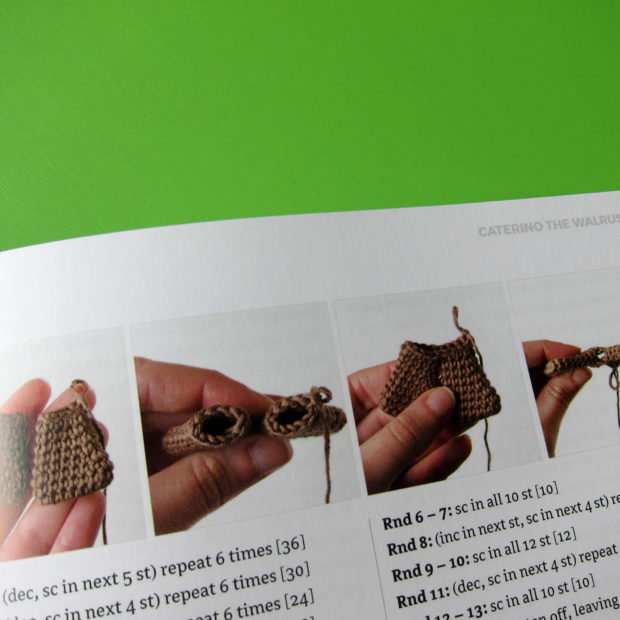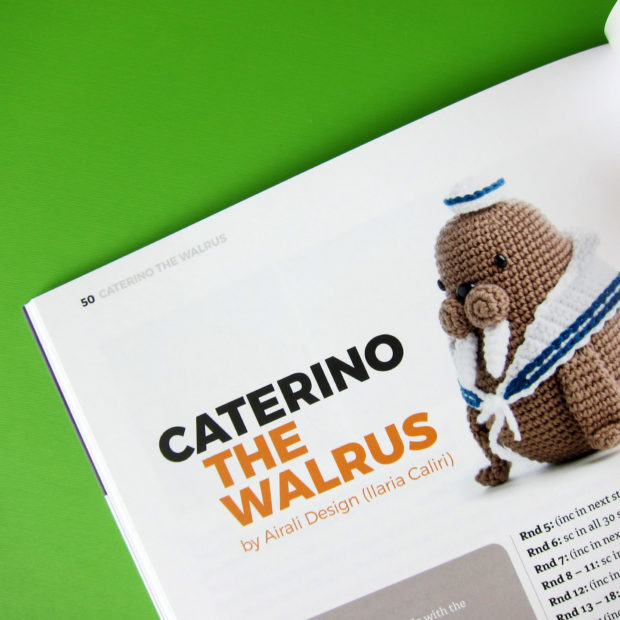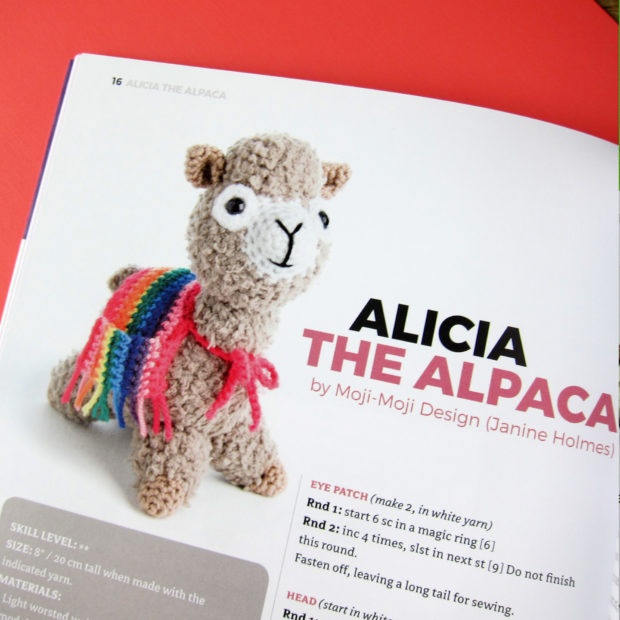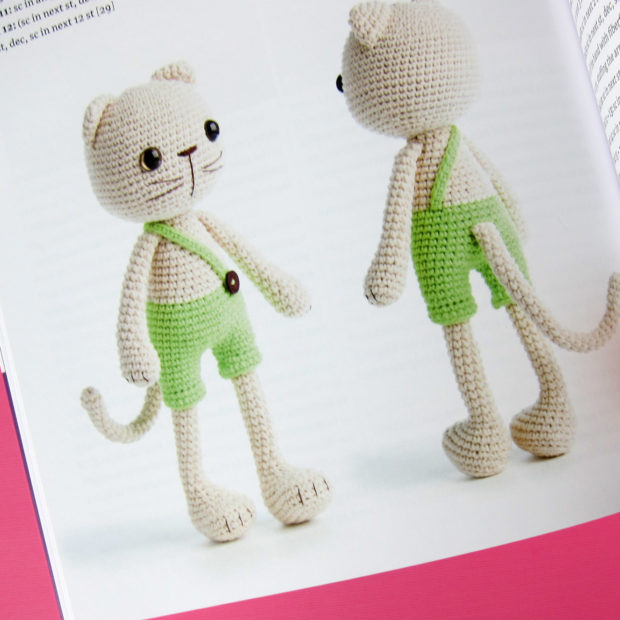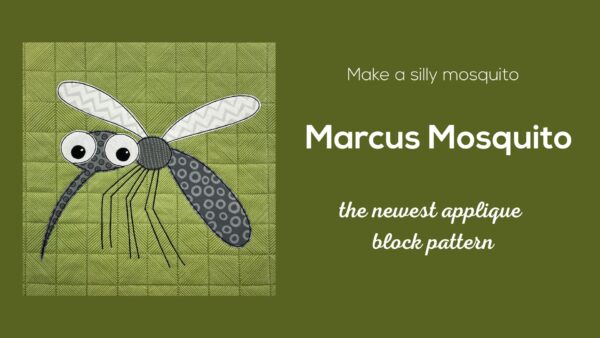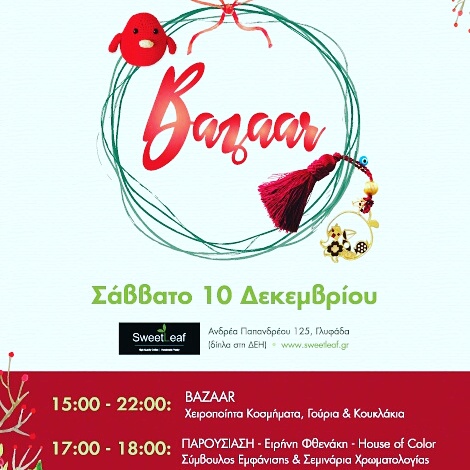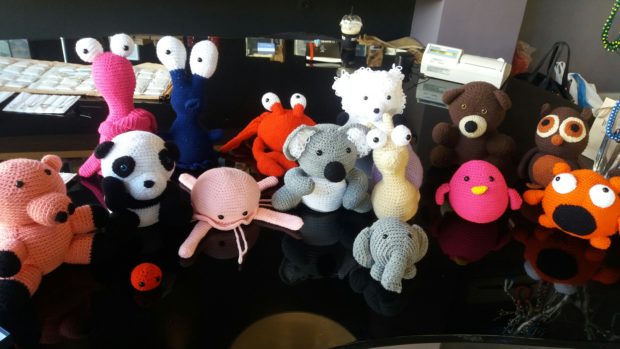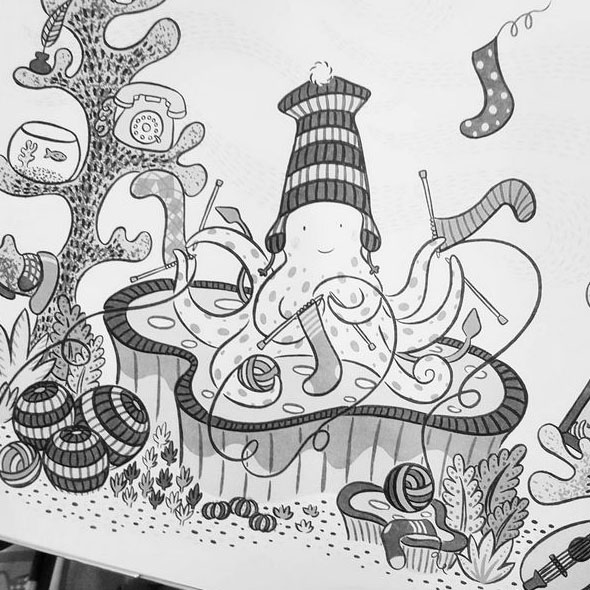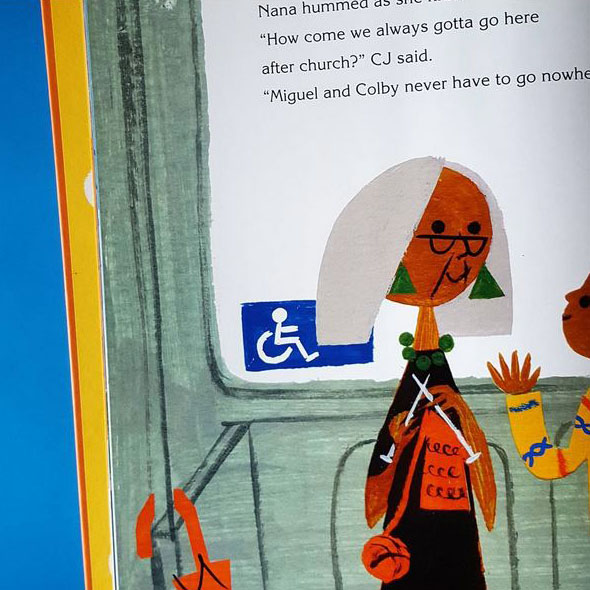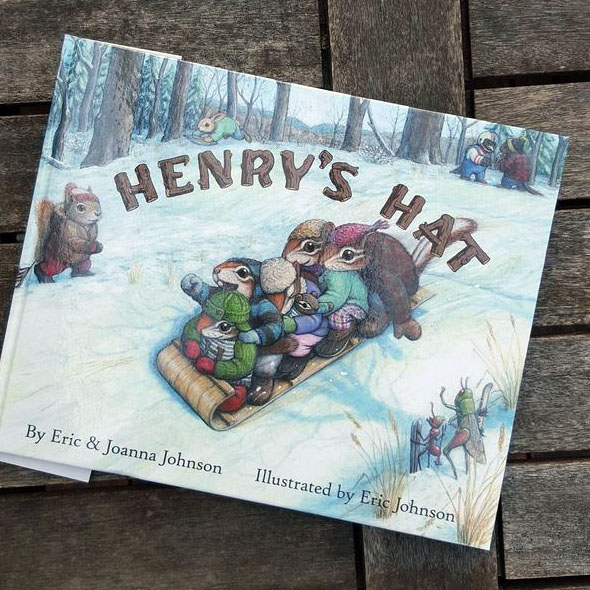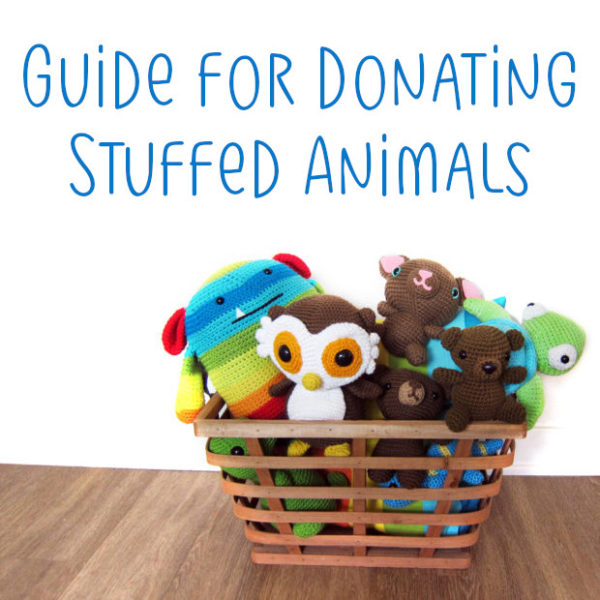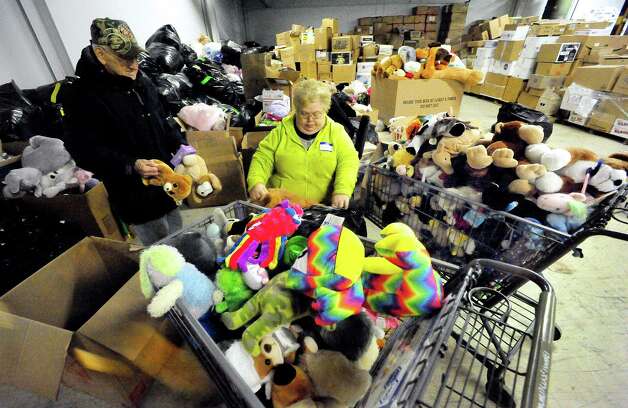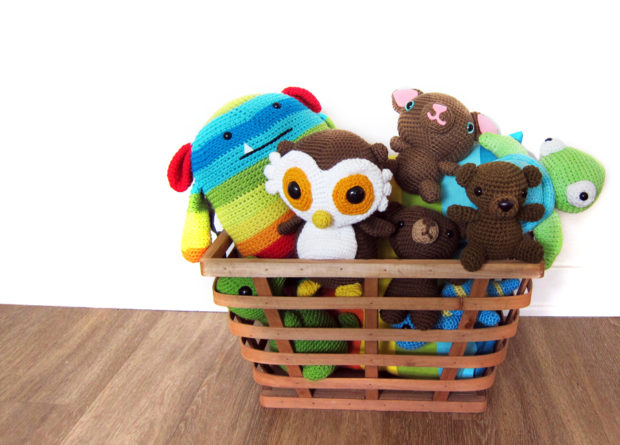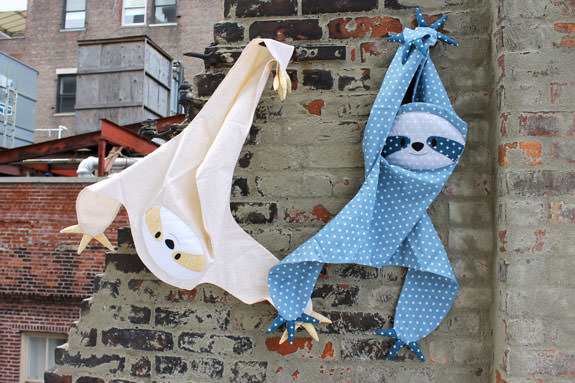There are a lot of charities in the world doing really amazing work. I’ve written about how to donate stuffed animals, but frankly, most charities benefit from donations of cash. Large organizations are typically more efficient with cash, not only because they are able to better use the resources (for example, a charity that helps the homeless can usually purchase food at a better price than you as an individual can), but also because money avoids the cost required in shipping and transporting physical goods.
It’s why, for my most recent sample sale, I sold my stuffed animals and donated the money to Heifer International. The cash allowed Heifer to buy a dozen animals, a far greater gift than what they could have accomplished with some plushies!

Mirena recently organized a Craft Bazaar in her hometown, Athens Greece, to benefit Amimoni, an organization dedicated to children with vision impairments and developmental disabilities. It’s a cause close to Mirena’s heart, the organization helped her daughter see… taking her daughter’s vision from 0 to 5/10.
I thought the idea of organizing a craft fair with charity in mind was brilliant! So, I reached out to Mirena to ask if she had any tips to share with us in case you’d like to try this in your own community! A huge thanks to Mirena for chatting with us today!
Event success!
I organised the bazaar together with my friend Chistina Vaggele, who has been in the jewellery business for 30 years now. We raised almost 1000 euros for Amimoni, which is a huge success! Especially for our first fair!
We chose as venue a coffee shop located near our homes but not to the centre of the town so that our guests had easily-accessible parking. This way we were also offering coffee and wine. The coffee shop also provided for a very large table for the display of our goods.
For the promotion, we printed flyers that we gave to every single student of the school our children attend and to stores. We also printed posters and we put them to the school, to the coffee shop and to various stores. Of course we posted on our social media (Instagram, Facebook and Twitter) and Amimoni did too.
We also organized a side event: as we were anticipating that most or all of our guests would be women (given of the goods we were offering – jewelry and stuffed animals-), we called upon Irini Fthenaki of House of Color who did a mini seminar on what colors we are suggested to wear according to our complexion.
Tips for organizing a charity-focused Craft Bazaar
1) Pick your cause: Get in touch with them, tell them what you want to do. They won’t say no! They will probably provide assistance with the organisation of the event. Ask them for their logo to put on your promotional material. Ask them for help in the promotion of the event (they can put an announcement on their website, on their Facebook page, they can put flyers and posters to their offices etc). Decide if you are giving all or portion of the income.
2) Pick the date: Consider picking a date close to a holiday when people are likely to buy and bound to help! That’s why we picked a December date for this event.
3) Pick the venue: Where will you hold the bazaar? Consider:
- is there enough room to display your goods?
- is the parking easy for your guests?
- are there passers-by or is it more secluded?
- what is the fee for holding your event there?
4) The promotion: social media is your number 1 go-to place for the promotion of your event. You can also print posters and flyers. Don’t forget your acquaintances!
5) Plan for an extra side event that will attract more people to your bazaar: a mini seminar, live music… Find someone who would want to advertise themselves through your event.
6) Have plenty of goods to sell! This requires a lot of advance planning!
7) Don’t forget your packaging! Simply because it is a charity event it doesn’t mean it has to be sloppy! Maybe one of your guests is buying a gift and would like it wrapped.
Ideas for the Future
What I would change for next year in our bazaar? (Yes, we are doing it again!)
- Have more stuffed animals available to sell (the truth is I had only 1.5 months to prepare the whole thing!)
- Have a book with photos of the stuffed animals so that people can place custom orders
- Select a venue where there are more passers-by
- Organise a mini concert during the event
Thank you so much, Mirena!
Have you ever organized a charity fair? Any more tips to share?
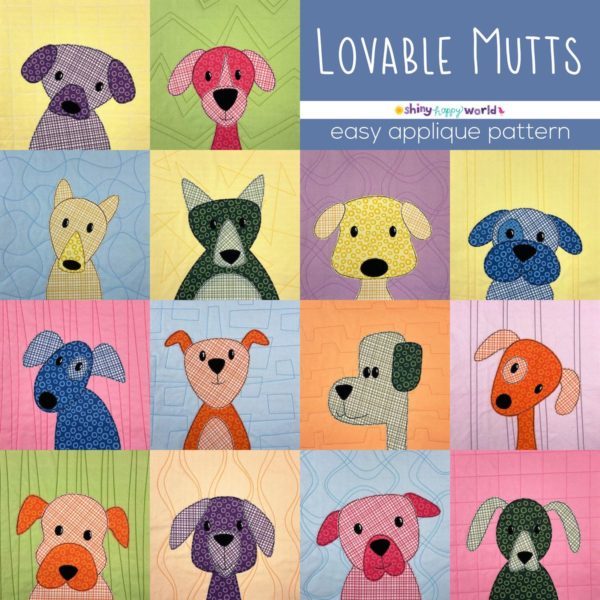
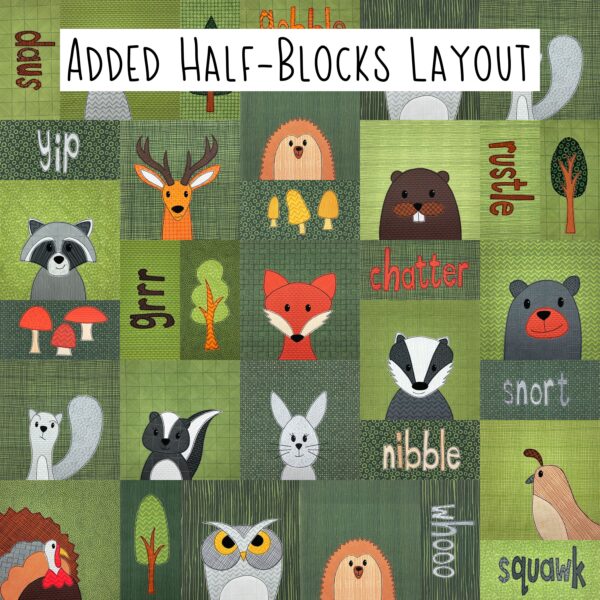



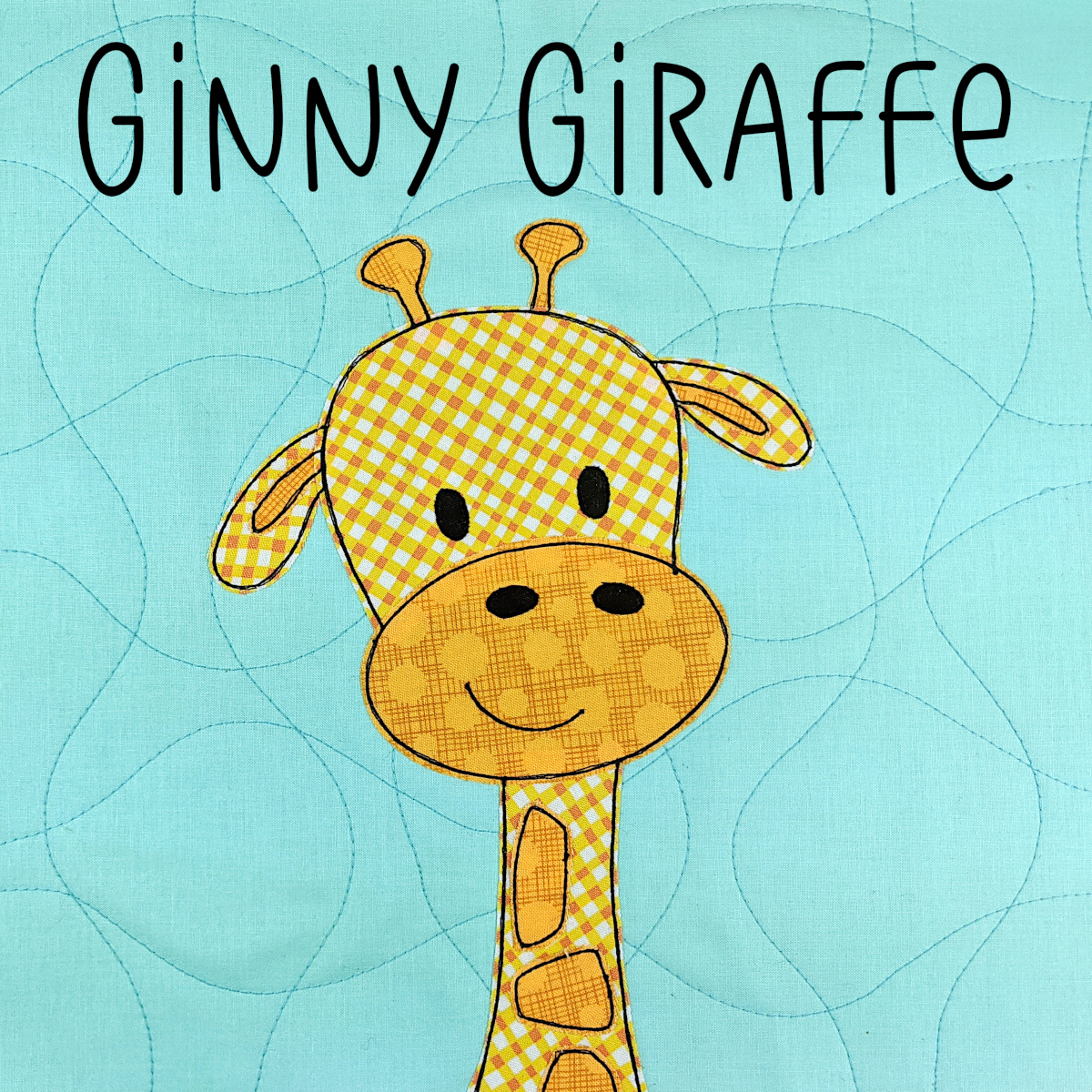
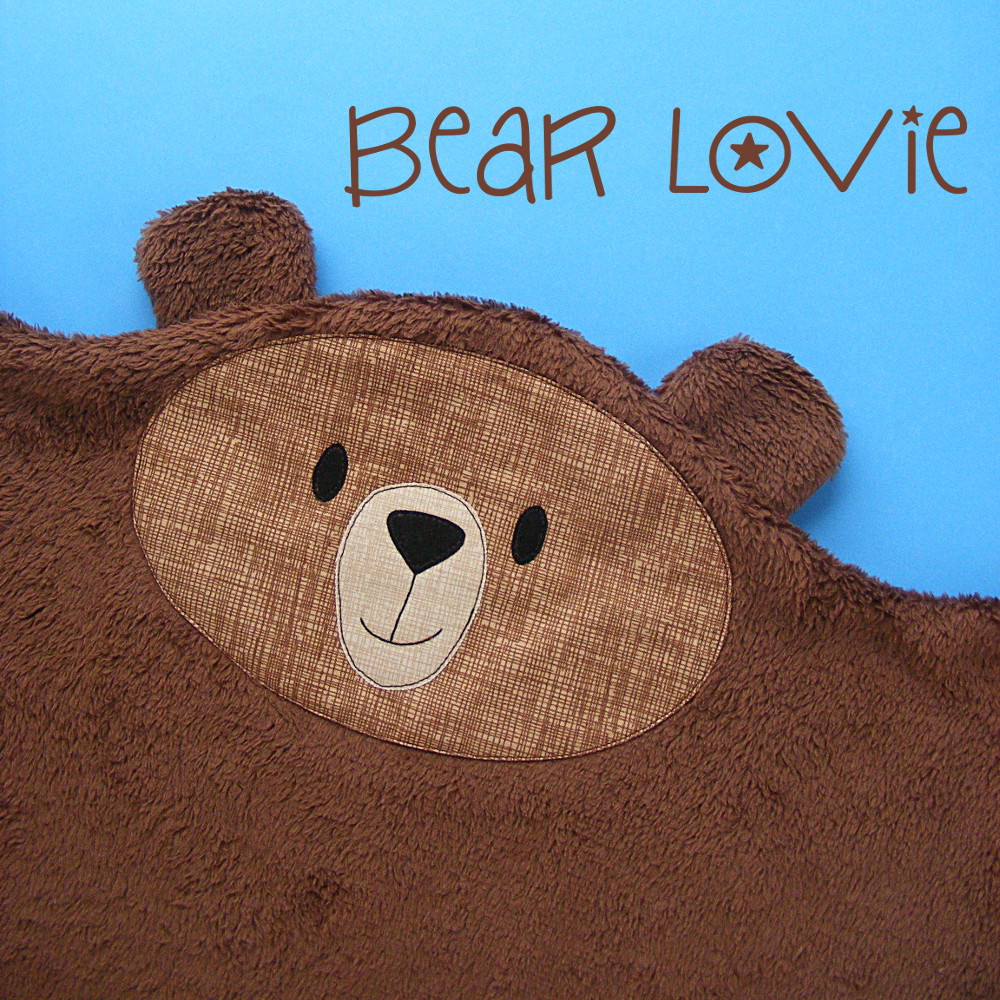
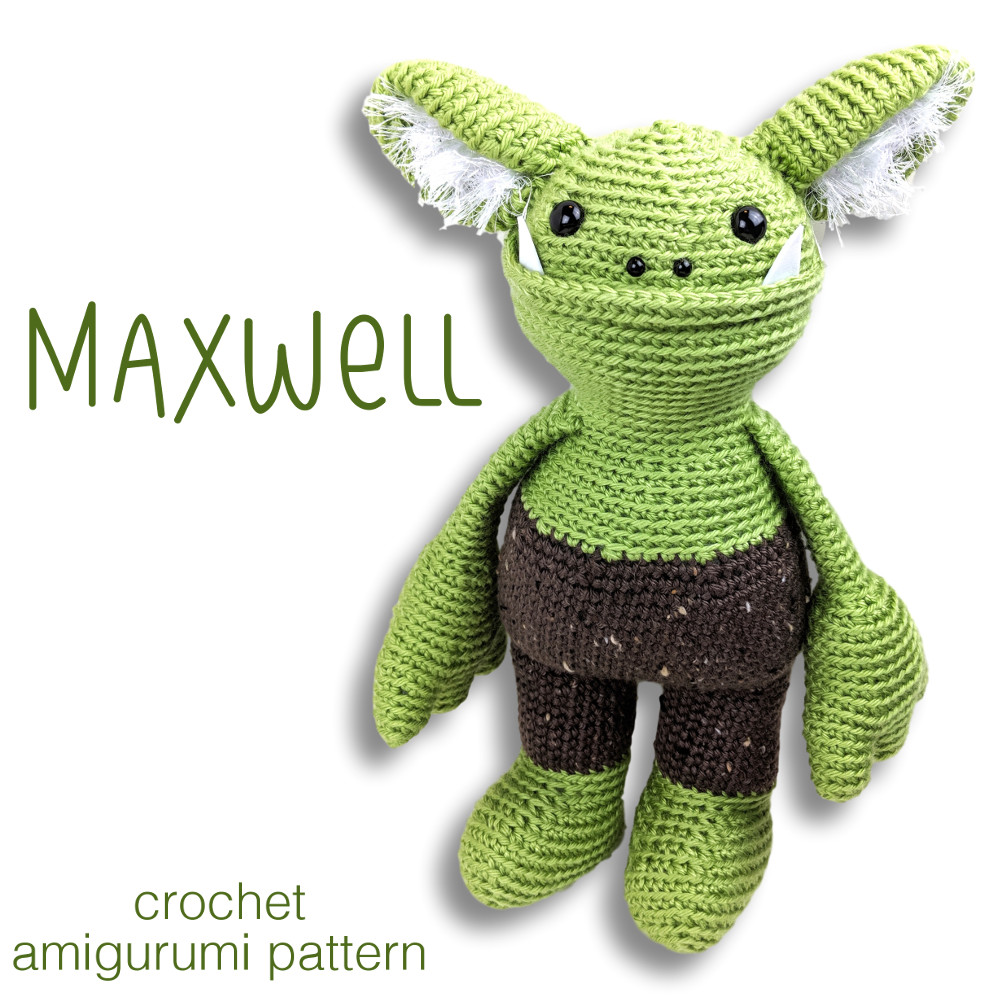
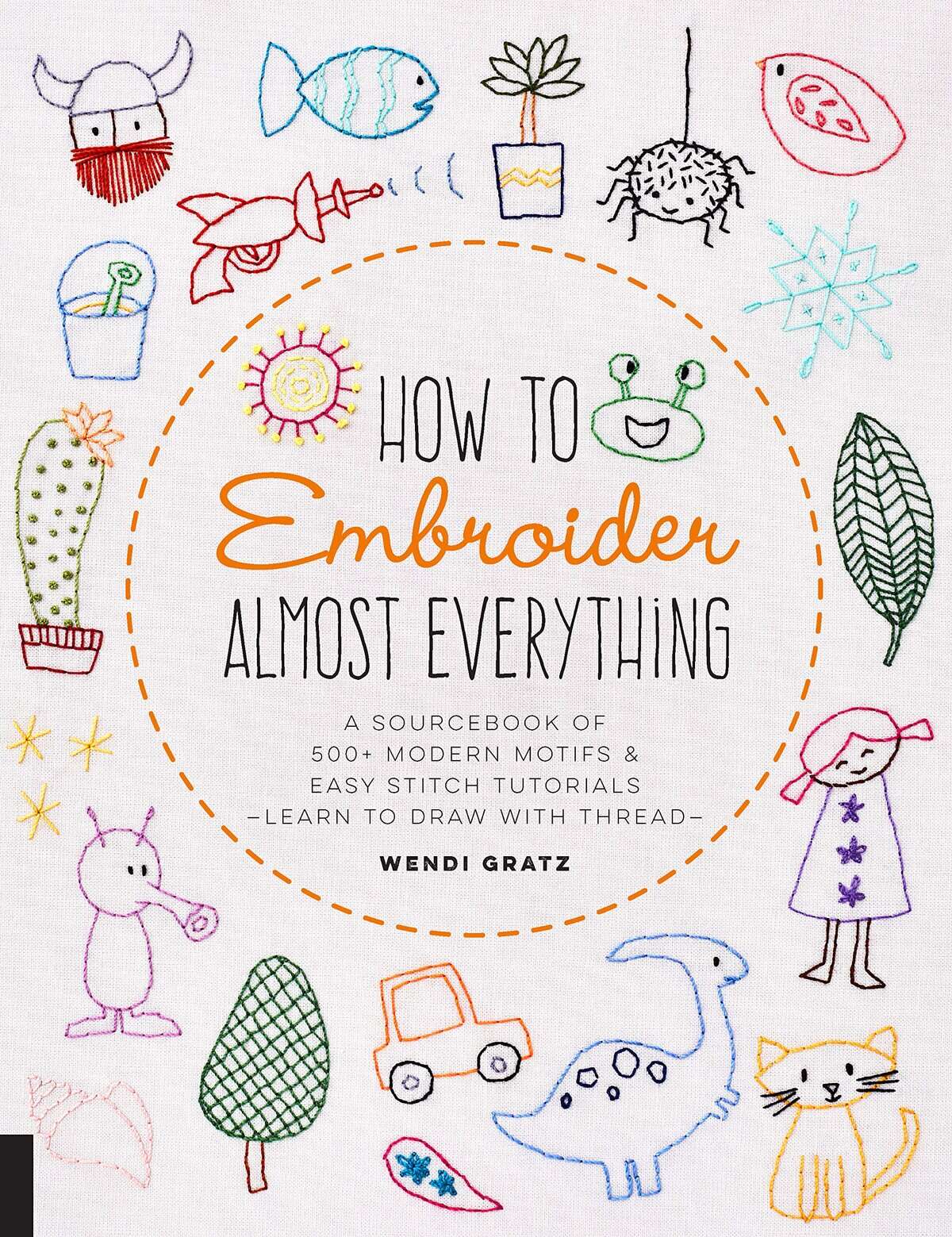



















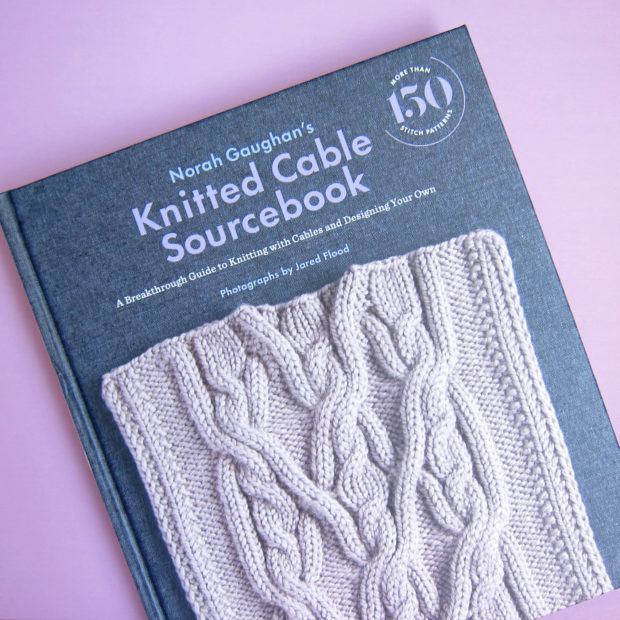
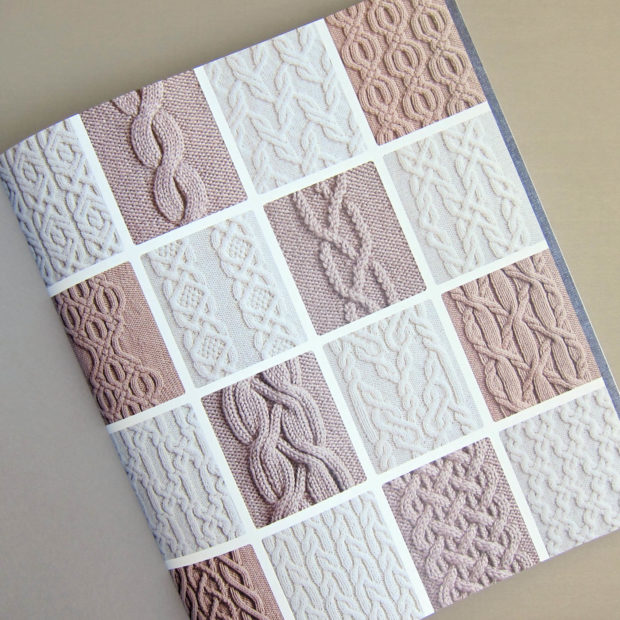

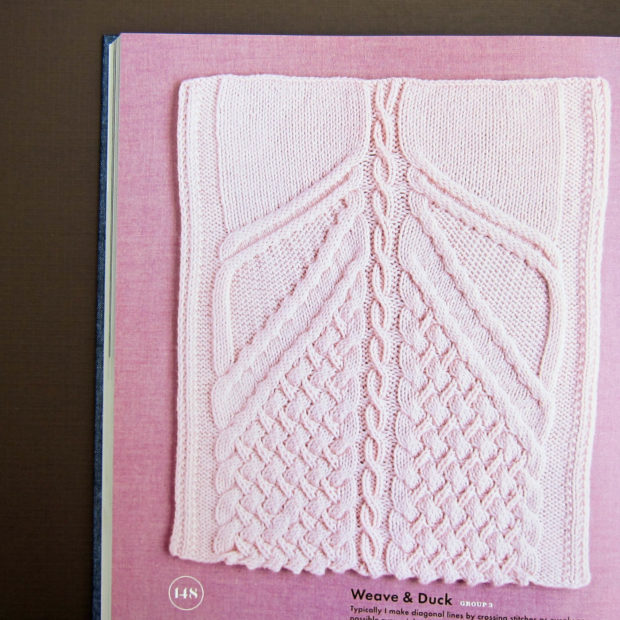
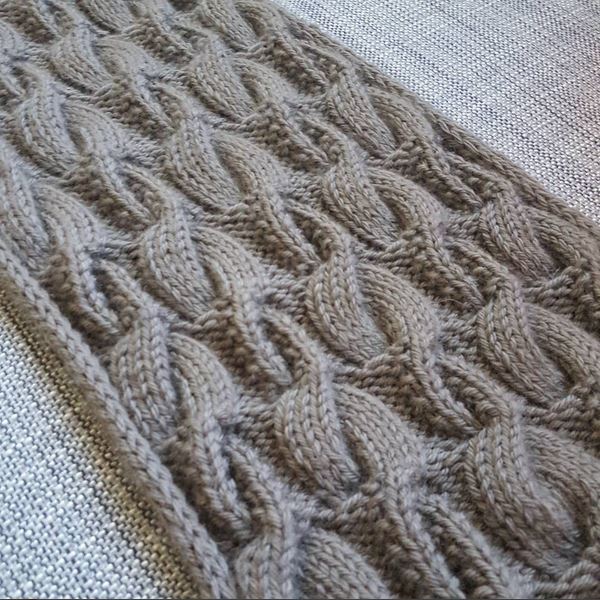
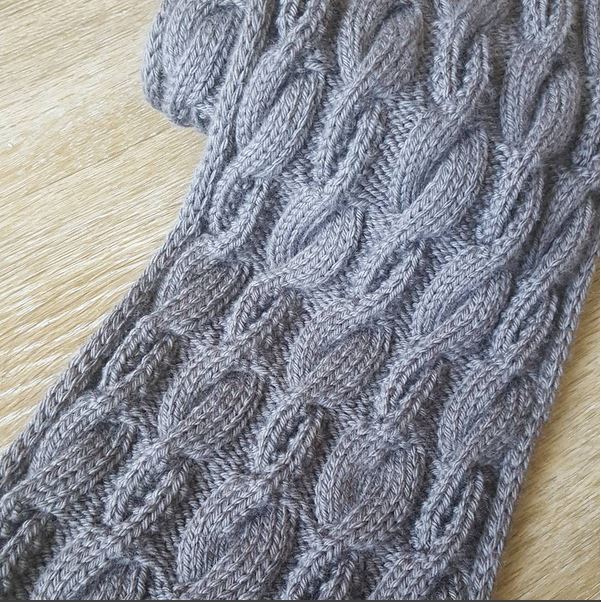
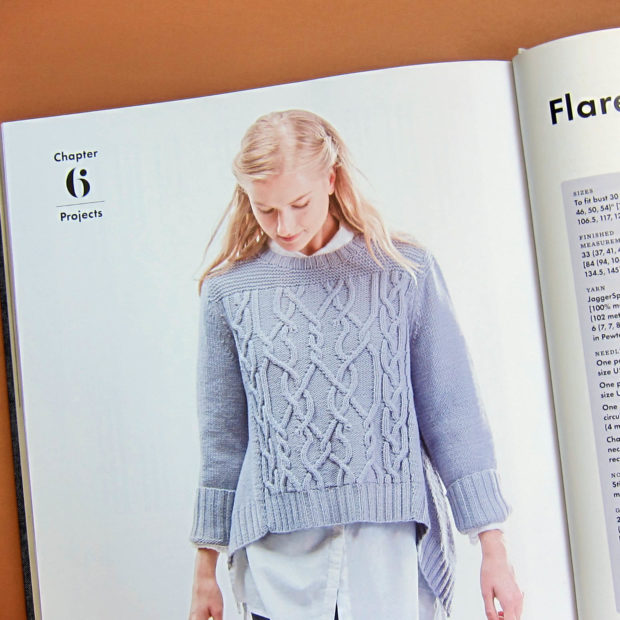
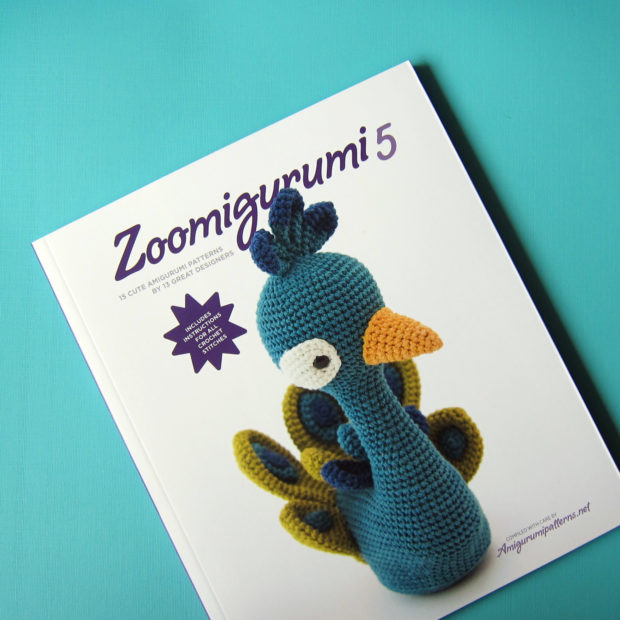

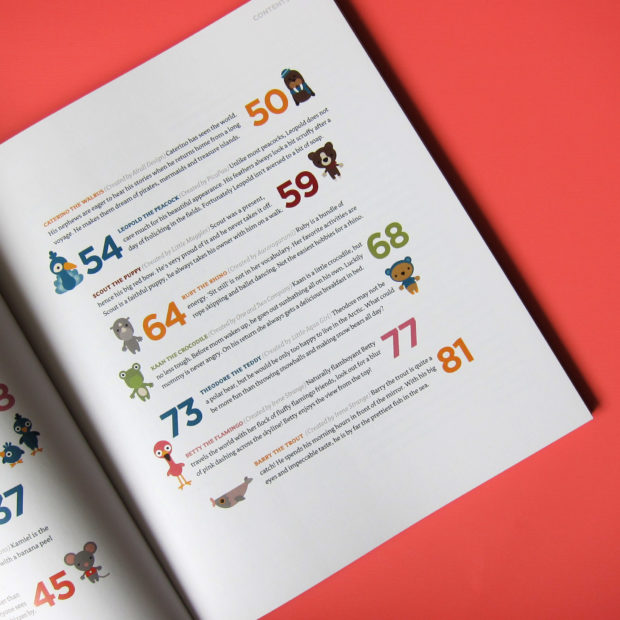
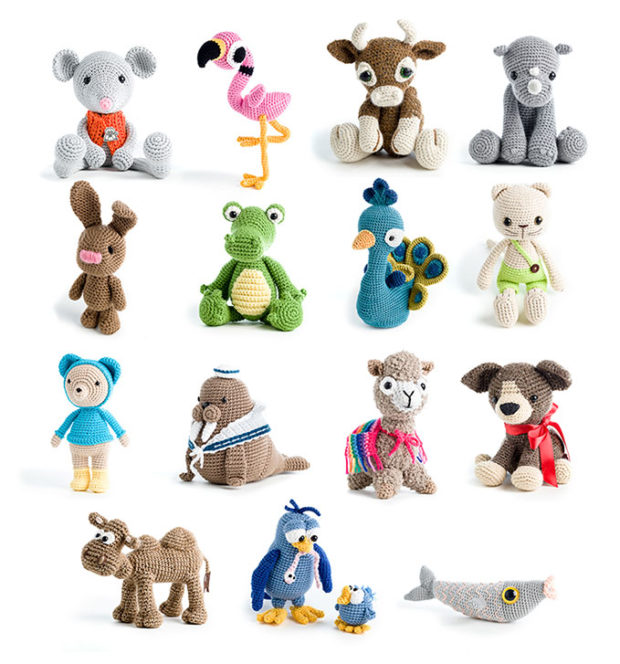 It’s a pretty thin book, only 80 pages. So I was expecting compromises. Sometimes small books skimp on the step-by-step photos. Or they don’t include tutorials on the basics, like how to single crochet or do magic ring. Or they write the patterns in a super-cramped format (like “[inc, 2] 6 times”). Or the patterns are crazy simple to keep the instructions really short. But this book doesn’t take any of those shortcuts.
It’s a pretty thin book, only 80 pages. So I was expecting compromises. Sometimes small books skimp on the step-by-step photos. Or they don’t include tutorials on the basics, like how to single crochet or do magic ring. Or they write the patterns in a super-cramped format (like “[inc, 2] 6 times”). Or the patterns are crazy simple to keep the instructions really short. But this book doesn’t take any of those shortcuts.